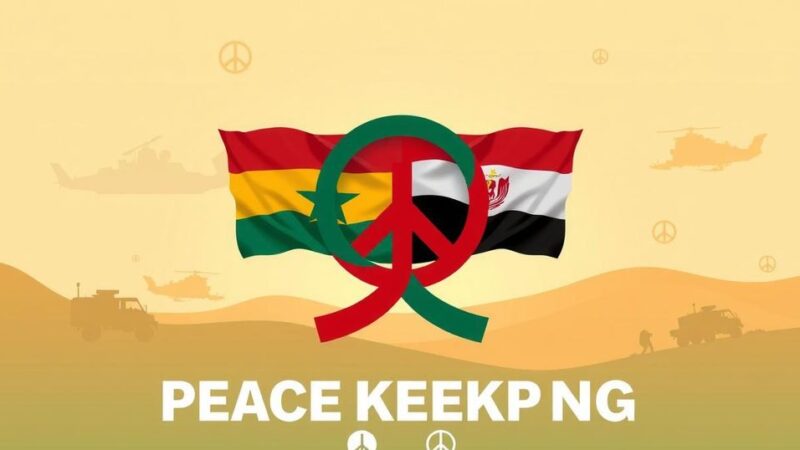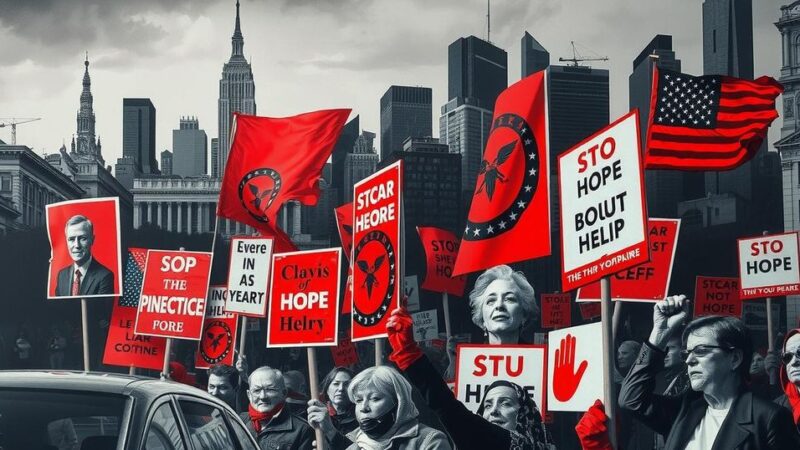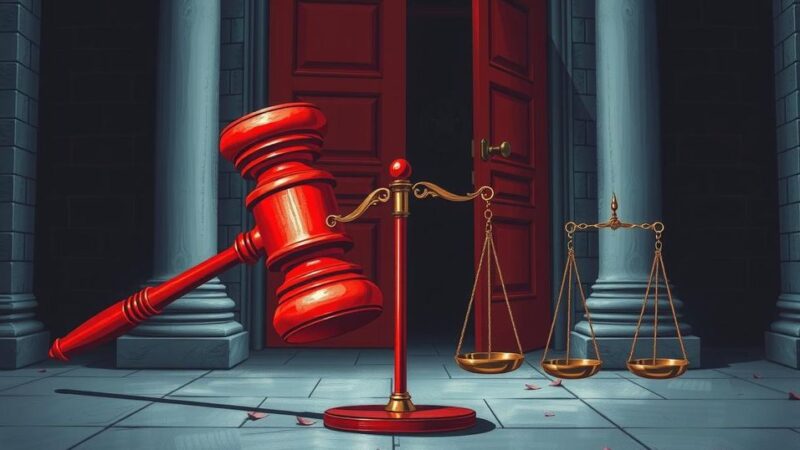In early 2011, a teenager’s graffiti in Daraa triggered a civil war in Syria. Mouawiya Syasneh’s act of rebellion against President Assad led to nationwide protests, violent crackdowns, and ultimately a devastating conflict. Years later, renewed uprisings emerge as groups like Hayat Tahrir al-Sham challenge Assad’s regime, with increasing speculation about his potential departure from power.
In early 2011, a significant event marked the beginning of a tumultuous period for Syria. In the town of Daraa, a 14-year-old boy named Mouawiya Syasneh spray-painted graffiti aimed at President Bashar al-Assad, which read, “Ejak el door, ya doctor (It’s your turn, Doctor).” This act of rebellion served as a catalyst that ignited a civil war, drastically altering Syria’s trajectory.
The graffiti emerged from a youthful prank fueled by the frustrations faced by Mouawiya and his peers due to local police harassment. However, their expression of dissent was met with a harsh crackdown from the regime. The secret police detained the youths for 26 days, during which they were tortured. Upon their release, the outrage among the people of Daraa grew, as protests in favor of their boys met violent repression.
As the harrowing images of the detained and tortured boys circulated, they incited widespread protests across Syria. On March 15, 2011, the country witnessed its first organized “Day of Rage,” escalating local dissatisfaction into a nationwide demand for freedom and an end to the Assad government.
In response to escalating protests, the regime’s security forces launched a brutal crackdown, targeting peaceful demonstrators and dissenters. The initial uprising, inspired by the Arab Spring, escalated into a violent conflict as opposition factions mobilized. By mid-2011, the Free Syrian Army (FSA) emerged but struggled with unity and resources, creating opportunities for extremist groups to gain influence amidst the chaos.
Over the course of the ensuing twelve years, Syria has become a devastated nation with a staggering death toll exceeding 500,000 and over 13 million displaced individuals. Currently, amid a renewed uprising led by the group Hayat Tahrir al-Sham (HTS), hopes to dismantle the Assad family’s grip on power are reigniting, as key cities, including Damascus, experience upheaval. Reports suggest that President Assad has vacated the capital, possibly seeking refuge in Tehran, where his longtime ally, Iran, may provide him sanctuary during Syria’s ongoing turmoil.
The graffiti act by Mouawiya Syasneh marked the beginning of a monumental upheaval in Syria, leading to a devastating civil war fueled by dissent against the Assad regime. The subsequent brutal response to peaceful protests catalyzed a nationwide uprising, contributing to a prolonged conflict inflected by extremism and displacement. As the situation evolves once again, possibilities for change emerge with growing rebel strength, underscoring Syria’s deeply fractured reality. These events underscore the profound impact of individual acts of defiance in shaping national destinies.
Original Source: www.ndtv.com






